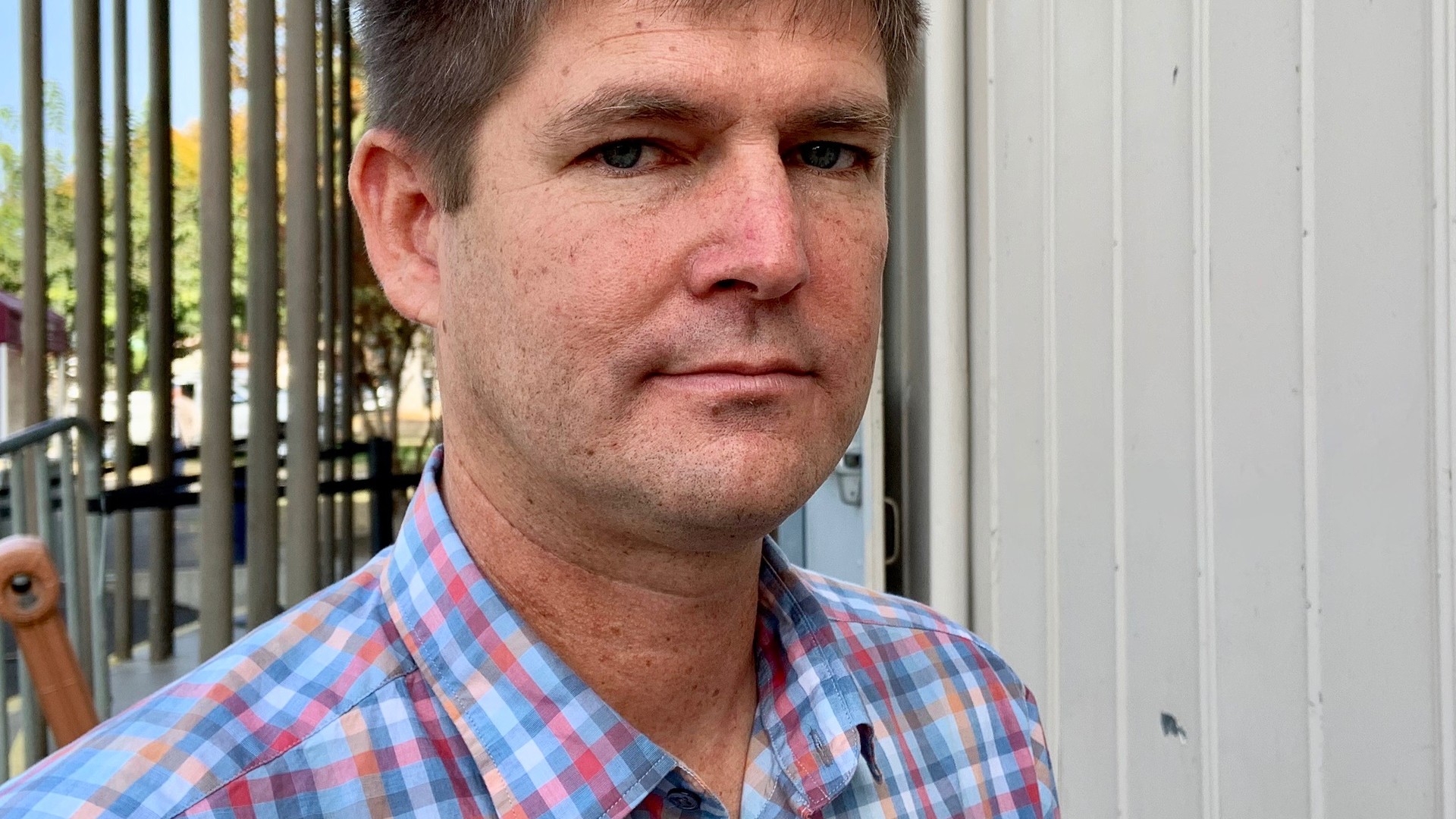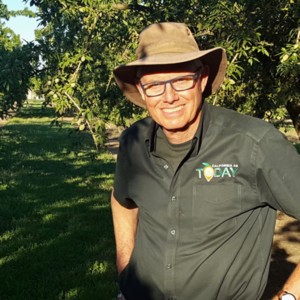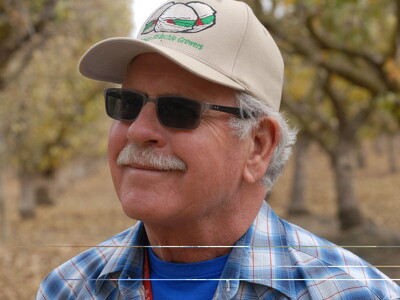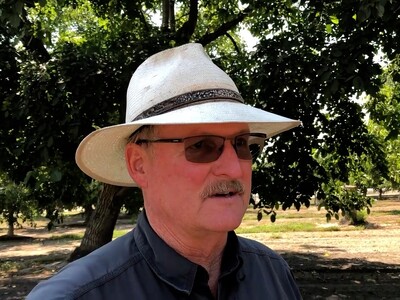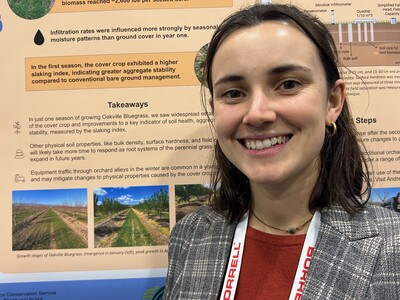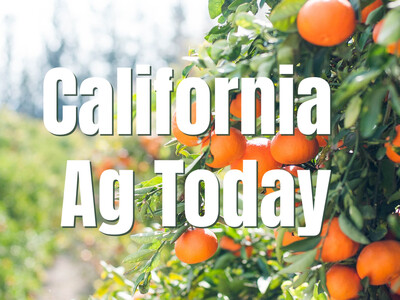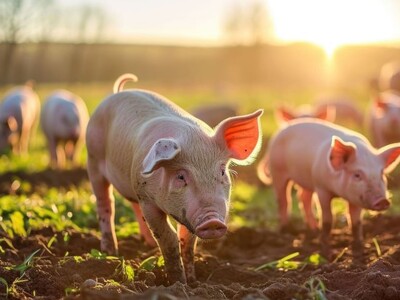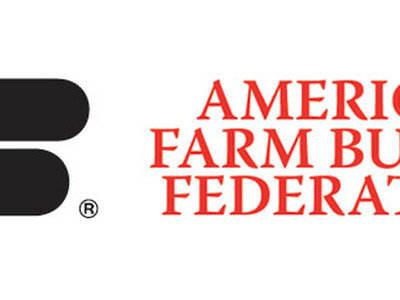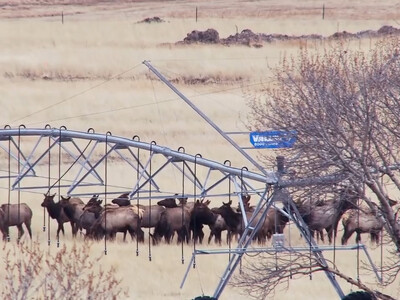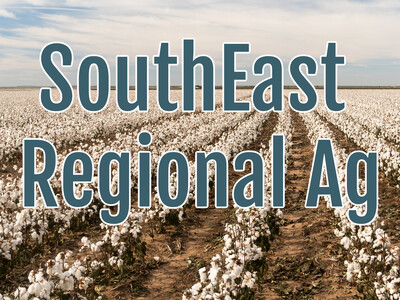Using Science to Help Salmon in the Tuolumne River
Finding Scientific ways to manage water flows in the Tuolumne River.Michael Franz owns Franz wholesale ornamental nursery with his brother in the Stanislaus County town of Hickman. He also serves as board member of the Turlock Irrigation District, which delivers water to thousands of acres of almonds and walnuts.
He comments on State’s Water Resources control board effort to take water from farmers and give it to salmon. “We are confident that just turning more water down the stream isn't going to improve the fishery the way that the environmental community and the regulatory agencies claim that it will,” Franz said.
The Modesto and Turlock irrigation districts with the help of their partners from the Hetch Hetchy Water System have invested $25 million in developing best available science for the Tuolumne River.
“And what it tells us is that we can get more results by implementing non-flow measures. A non flow measures means things like reactivating our floodplains and bringing the outbound smolts (younger salmon) onto our flood plains and letting them grow larger before we turn them loose and let them go on downstream. So they're more nimble, they're larger, they're stronger, they're more able to evade the Stripe and black predator bass,” noted Franz.
France says that the instead of this solving the problem, which is the presence of the predator bass, California Water Resource Control Board “wants to just dilute the problem by trying to flush them out to sea in a very wasteful manner,” he said.


